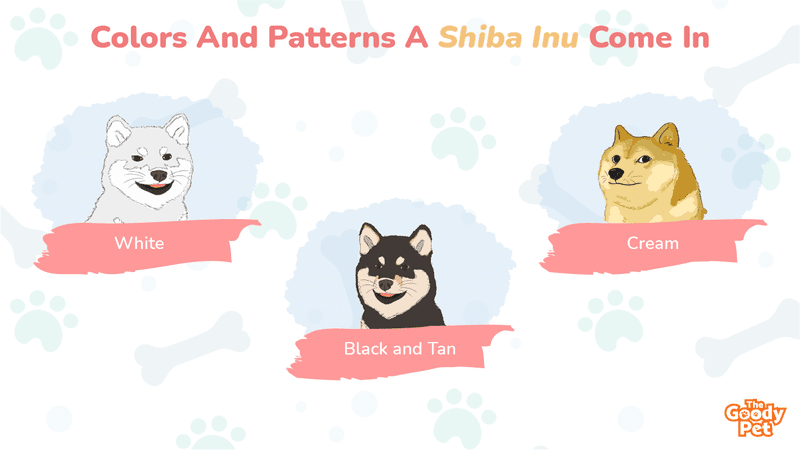Shiba Inu dogs are among the 6 authentic Japanese Dog breeds. It also happens to be one of the most popular of these exotic dogs in other parts of the world and is second only to the Akita Inu.
The simple beauty of this spitz-type dog breed is part of why Shiba Inus are so popular all over the world. They come in a total of 8 variations of this aesthetic based on the coat length, color combinations, and markings.
Some of these you may never even have heard of, for example, the red sesame Shiba Inu. Let’s take a closer look at all these varieties.
8. Red Sesame
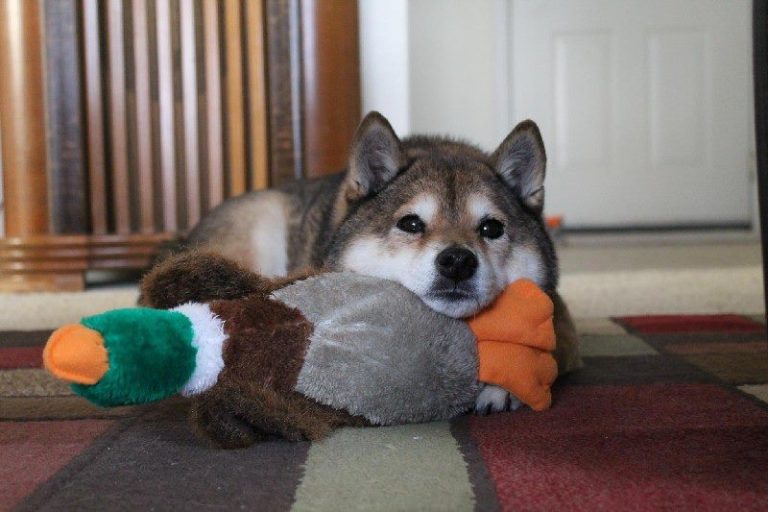
The red sesame variation of Shiba Inus is characterized by a coat with black tips on red fur. The tip markings are only present over the darker areas of the coat. The white markings, on the other hand, are spared and maintain their pure, monotoned aesthetic.
The tip markings on a red sesame Shiba Inu are even all over the body and are best appreciated on a dog that hasn’t had their coat trimmed too much.
7. Red
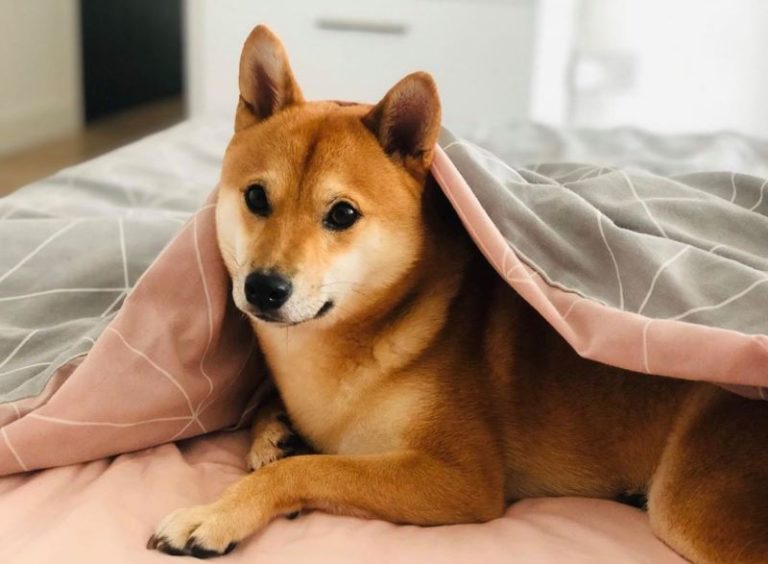
Red Shiba Inus have predominantly reddish-brown coats with the classic white Shiba Inu markings on the chest, face, and limbs. The shade of red varies from tones closer to earthy brown to richer shades that give the dog a rusty appearance.
If you thought that Shiba Inus in general look like foxes, wait until you see the Red Shiba Inu. They are ideal if you want the wild dog aesthetic with a dog breed that has a sweet personality.
6. Piebald
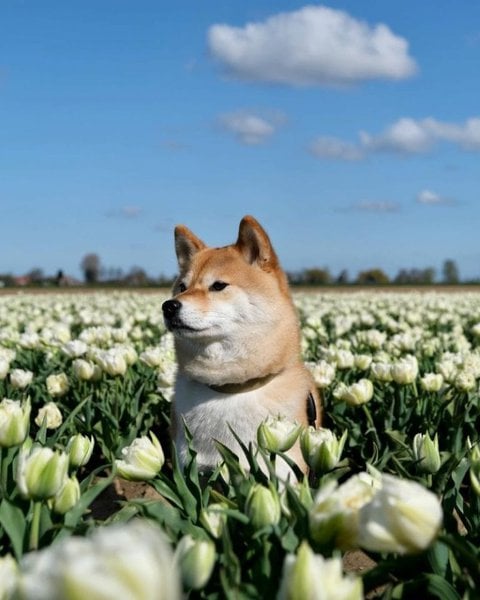
Piebald markings on Shiba Inu appear as a white area on a darker coat color. The darker part of the coat will often cover most of the dog and can vary in shade from golden brown or tan to black or even sesame variations.
The white markings also appear on Shiba Inus with more than one color as is the case of Piebald markings on black and tan Shiba Inus.
The only variety of Shibas without these markings are the full white Shiba Inus.
5. Black & Tan
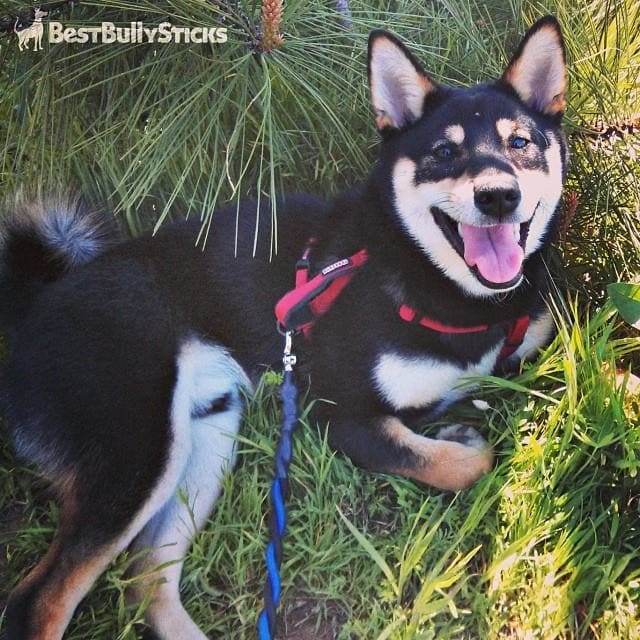
Black and tan is one of the standard coat colors with Shiba Inu dogs. With this variety, black fur covers most of the dog’s body. The tan fur appears as markings usually on the face with a tan muzzle mask and tan spots over the eyes.
In most black and tan Shiba Inus, you may also find white markings on the coat. These will usually appear on the under-side of the dog which includes the chest, belly, and parts of their limbs.
4. Cream
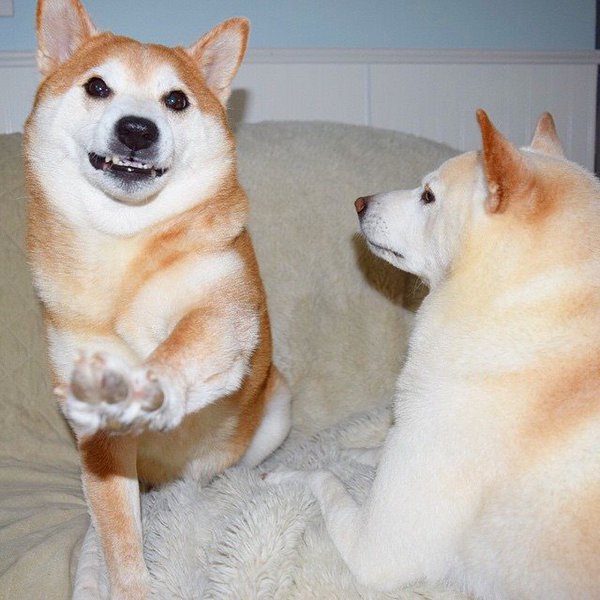
Cream Shiba Inus are a controversial variety mainly due to the fact that their pale coat makes it difficult to pick out the standard white markings.
At first glance, you may confuse a pale cream Shiba Inu for a white variation. However, on closer inspection you will notice that their fur is more of an off-white shade of white or a pale and watered down shade of tan.
Unfortunately, the beautiful cream Shiba Inu is often disqualified in show circuits both in the USA and their home country of Japan.
3. White
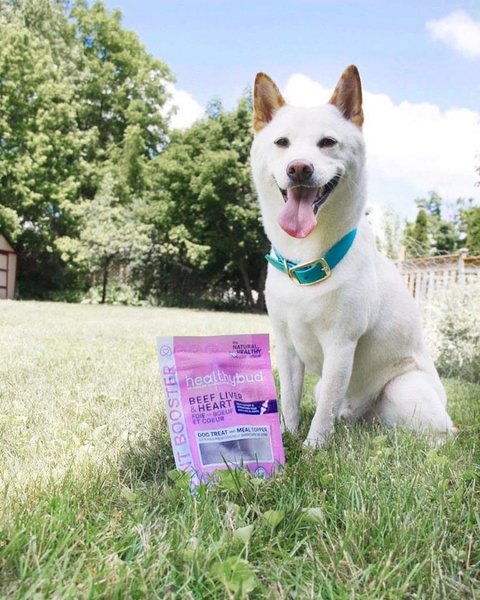
White Shiba Inus have brilliant white fur all over their bodies. This makes them hard to distinguish from other all-white spitz type dog breeds including the Samoyed and the American Eskimo Dog.
The all white trait in Shiba Inus may be as a result of albinism or simply due to presence of leucistic genes. The latter are more common and can be distinguished from Albino variations in that Leucistic white Shiba Inus have a dark nose and brown eyes.
2. Wooly
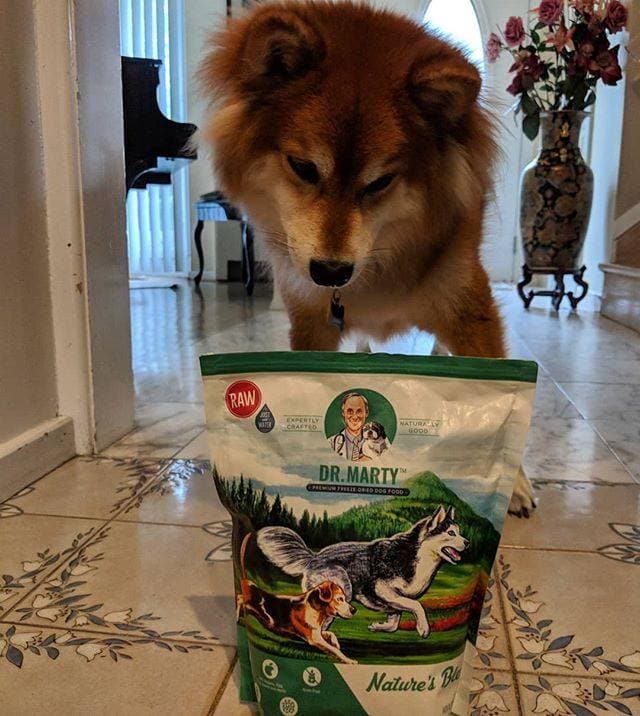
Wooly Shiba Inus are known for their long, thick coats. The fur is long and straight over most of the body. However, the fur on the face may sometimes remain short.
The wooly Shiba Inu variety is considered a major fault by American Kennel Club standards and is grounds for elimination in most show dog circuits. Despite this, the fluffy dogs are quite popular and are not as rare as most people may think.
1. Short-Haired
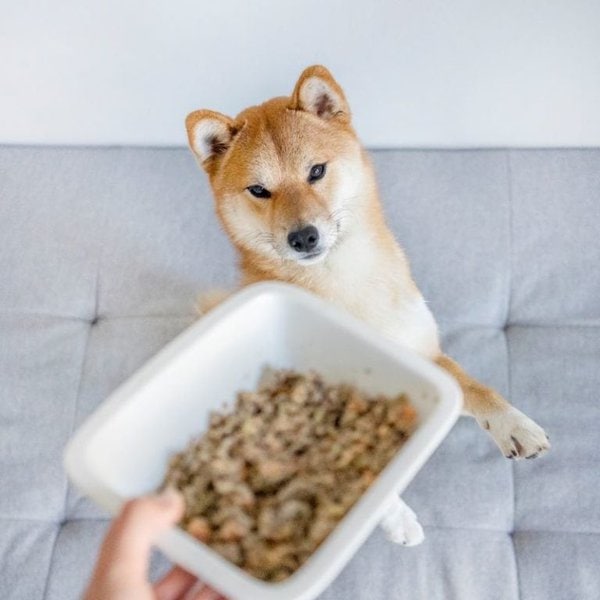
Short-haired Shiba Inu dogs are the standard for the breed. These coats have two layers which are meant to protect them from the cold.
Short-haired Shiba Inus have two layers of fur. The inner layer is smooth and close to the skin. This offers further protection from the cold. The outer layer is short, straight, and slightly coarse.
This outer layer also stands at a slight angle from the skin which gives short-haired Shiba Inus their fluffy appearance.
Related Questions
Why Do Shibas Look Like Foxes? Shiba Inus look a lot like foxes mainly due to their facial features. This is characterized by features like the triangular silhouette of the face, the long, tapered snout, and the perky ears. The close-set eyes and the large forehead of Shibas are also attributes of this striking likeness with foxes.
Can Dog And Fox Mate? A dog and a fox can neither mate nor produce viable offsprings. This is all about the fact that dogs and foxes are two completely unique species with different numbers of chromosomes in their genes. As a result, there is no way to produce a dog-fox hybrid even with dogs that look as similar to the fox as the Shiba Inu.
Why Is A Shiba Tail Curled? Shiba Inu tails are curled upwards as a result of genetics. This dog breed and other spitz type dog breeds developed the trait as a way to adapt to the cold environments where they are from. The upward curling and the thick fur cover allows the tail to trap air and create a barrier between the skin and the cold environment.

